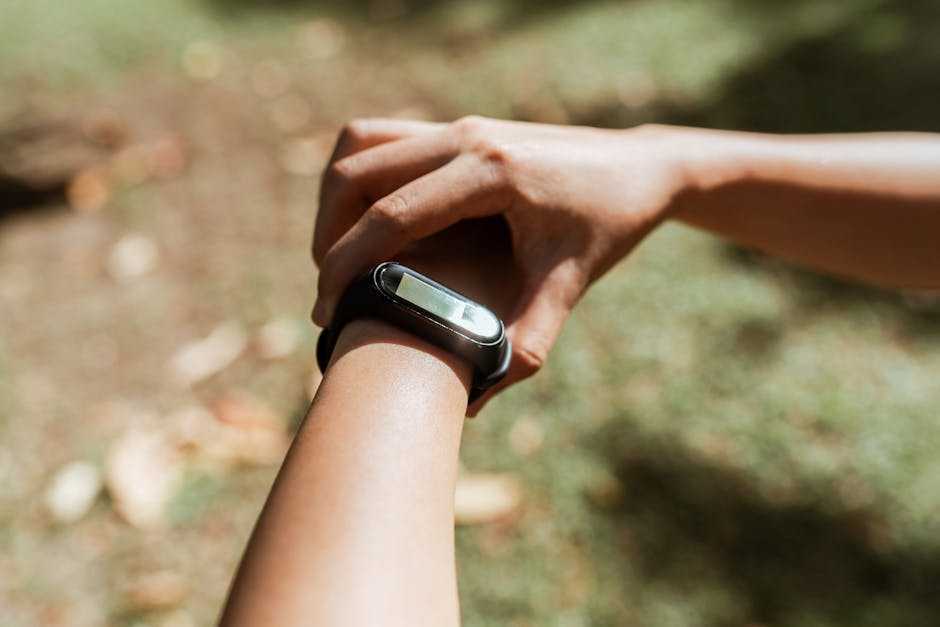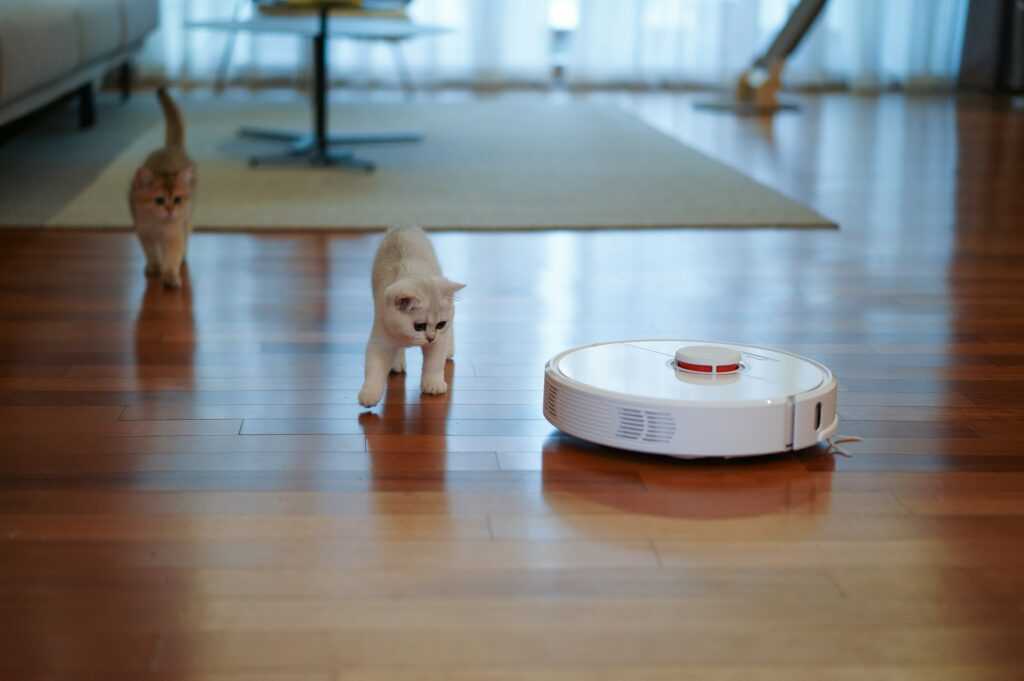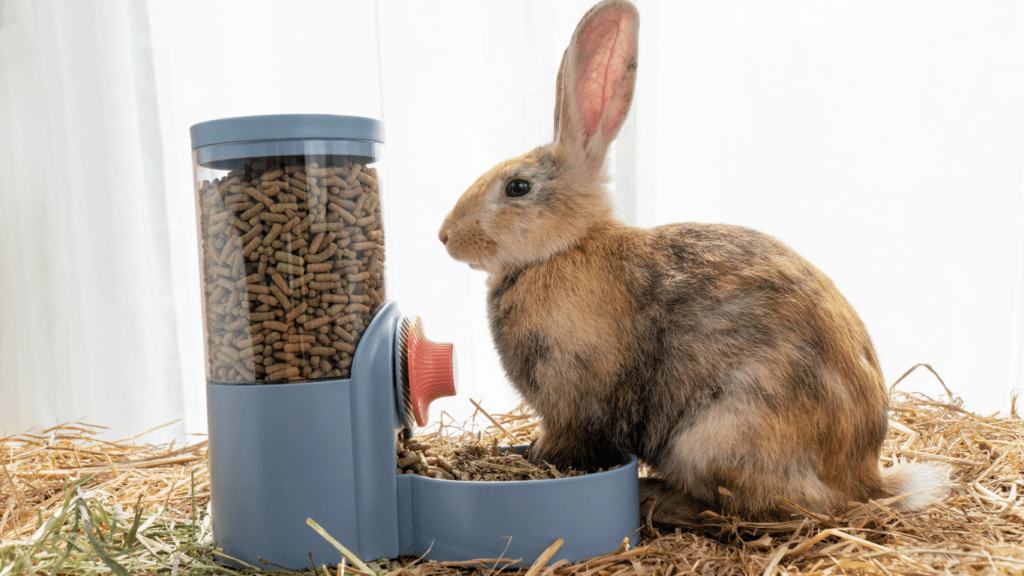The New Era of Pet Tech Convenience
Smart home technology is no longer just for humans. As innovation continues to expand across the connected home landscape, household tech is increasingly being designed with pet comfort and safety in mind.
Smart Devices That Understand Pet Needs
Pet centric features are now common in mainstream home automation systems. Devices that once focused solely on convenience for people are being updated to accommodate companion animals.
Pet Modes in Smart Thermostats: Adjust temperatures based on your pet’s comfort when you’re away.
Automated Curtains and Lighting: Maintain consistent light cycles to keep pets calm and reduce anxiety.
Voice Controlled Assistants: Issue custom commands like “Turn on Max’s feeder” or “Play calming music for Bella.”
Automation of Routines
Pet care is becoming more routine driven, and smart tech offers seamless scheduling and monitoring.
Smart Feeders: Provide meals at set times, even when you’re not home.
Timed Hydration Stations: Ensure clean, fresh water is always available.
Climate Control Integration: Schedule temperature settings specifically tailored for furry friends during daytime or overnight.
Mainstream Systems Going Pet Friendly
Satellite and hub based platforms like Google Nest, Apple HomeKit, and Amazon Alexa are beginning to include pet focused features.
Pet Detection in Security Systems: Prevent alarming false alarms caused by pets.
Motion Settings Tuned for Animals: Cameras and sensors customized to ignore usual pet activity but alert on anomalies.
Routine Automations: Group commands like “Goodnight” that dim lights, lower temps, and cue up a calming playlist for pets staying behind.
Smart home tech for pets isn’t a niche it’s rapidly becoming standard. In this new era of convenience, the home adapts not just to humans, but to the pets who live there too.
Voice Assistants That Understand Fur Family Needs
Your home assistant just leveled up again. Smart speakers and voice enabled hubs are no longer just for switching lights or cueing playlists. Now, they speak fluent pet parent.
You can set up custom commands like “Feed Max at 6 PM” or “Remind me to walk Luna before sunset.” These aren’t gimmicks. They’re life savers when your schedule swerves and you don’t want your dog pacing by the door, confused and hungry.
Some systems even go a step further. You’ll get pinged if your pet misses a meal, hasn’t gone for a walk, or worst case goes missing. Compact sensors and connected tags can trigger alerts through your voice assistant, giving you a heads up if the back gate’s left open or your curious tabby slips out an open window.
Even better, setup is getting easier. Whether you’re shouting at Alexa, whispering to Google, or tapping through a third party hub, most platforms now offer plug and play pet routine templates. No coding, no complexity. Just more control and less worry.
Smart homes are finally learning to speak pet. And for anyone juggling work, errands, and a four legged family member, that’s a welcome shift.
Surveillance & Safety Upgrades
Pet smart surveillance is getting sharper, and it’s not just about watching your dog nap on the couch. Indoor cameras now offer motion detection algorithms designed to tell the difference between a pet and a human, cutting down on false alerts and letting owners focus on moments that matter like a cat scaling the curtains or a pup pacing restlessly.
Beyond video, smart sensors are stepping into the picture. These devices don’t just track movement; they learn patterns. Over time, they can recognize changes in your pet’s habits more time lying down, skipping meals, or even subtle shifts in how they walk. If something’s off, the system flags it.
Environmental alerts are also moving from novelty to necessity. Sensors placed in feeding zones or litter areas track temperature and moisture, sending notifications for anything from a water bowl spill to dangerous heat levels. It’s low drama, high payoff tech that tightens the loop between pets and their people one alert at a time.
Smarter Feeding, Real Time Monitoring

Feeding pets has officially entered the smart era. App controlled feeders are doing more than just dropping kibble they’re hitting near perfect timing, portion control, and customization. Whether you’re managing a cat with dietary restrictions or a dog that needs meals broken into smaller portions, smart feeders take the guesswork out of daily care.
Beyond meals, these systems now feed straight into digital health logs. Weight tracking is synced automatically, helping catch unhealthy trends before they become problems. Some feeders even link up with activity monitors, giving a clearer picture of intake versus output.
And here’s where it gets serious: integration with your vet. Smart feeding systems are beginning to communicate with veterinary portals, sending up red flags if your pet skips meals, eats less than usual, or starts showing erratic patterns. The result? Early detection, better informed visits, and peace of mind whether you’re across town or across the world.
Location Tracking and Virtual Fencing
Losing a pet, even for a few minutes, isn’t just stressful it can be dangerous. That’s where real time GPS tracking comes in. The newest smart collars now offer accurate location tracking indoors and outdoors, giving pet owners a live feed of their pet’s whereabouts with just a tap on their phone. No more guesswork or waiting for a lost and found poster to work magic.
Virtual fencing is also making big strides. Set up customizable boundaries your backyard, a specific trail, or even a single room and get alerts the moment your pet steps out of bounds. These collars don’t just track; they help guide pets back safely with sound cues and vibration feedback, giving pets a sense of routine and safety while freeing up peace of mind for their humans.
Want to go deeper into what these collars can really do? Check out this guide on high tech pet collars.
Wellness & Behavior Analytics
Pet tech is getting personal. We’re not just talking about GPS collars or auto feeders anymore. Today’s smart devices are tuned into the rhythms and signals of your pet’s daily life tracking how they sleep, when they get restless, and even detecting patterns linked to anxiety. These aren’t gimmicks; they’re giving pet parents a clearer picture of how their pets are really doing, even when no one’s home.
Smart toys and treat dispensers are evolving, too. Some use machine learning to adjust based on your pet’s behavior or preferences. Too much zooming around? The toy slows games down. Anxiety spikes before you leave the house? A dispenser drops a calming treat on cue. It’s small stuff, but it can make a world of difference for both pets and owners.
The real game changer, though, is what AI’s doing behind the scenes. These tools sift through patterns across days or weeks to spot subtle changes: maybe your dog is a little less active, or your cat’s sleep habits are off. On their own, you’d miss these shifts but AI flags them before they snowball into health problems.
In short, this isn’t about turning pets into data points. It’s about using smarter tools to be better companions. When your tech understands your pet’s needs before you do? That’s care taken to the next level.
What It Means for Pet Parents
With smart tech now woven into the daily lives of pets, peace of mind isn’t a luxury it’s built in. Whether you’re stuck at the office or away for the weekend, you can check in, track activity, and stay on top of your pet’s needs with a few taps. Real time updates and alerts offer the kind of confidence pet parents used to only dream of.
But this goes beyond convenience. These tools are building a body of data on movement, eating, sleep, mood that helps you care for your pet more effectively. The tech isn’t getting in the way; it’s amplifying connection. You’re not just automating schedules you’re learning your animal’s rhythms, responding faster to changes, and making smarter choices about health and behavior.
What’s happening now is the foundation for fully connected pet homes. Spaces where sensors anticipate needs, collars communicate location and mood, and every device is synced with purpose. This isn’t future tense. It’s already here and only getting sharper.
Want to upgrade your pet’s safety and lifestyle? Start with high tech pet collars. They’re smarter and more essential than ever.




